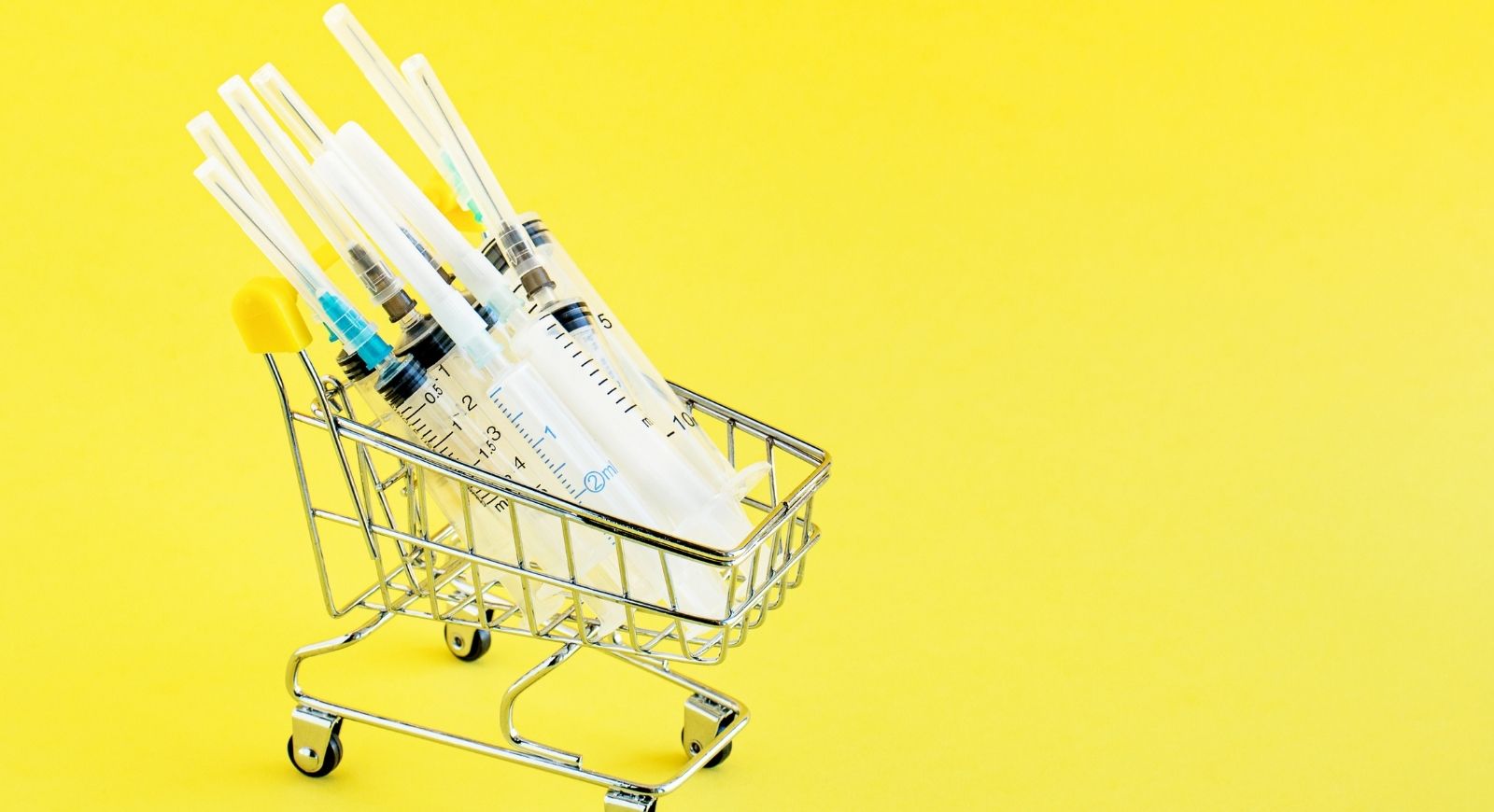A Spoonful of Sugar
The best part of getting a shot in the arm is the sugary treat that often comes with it. As concerns shifted in November from if an effective vaccine would be developed to when it might be available, investors took a taste test of what the economy and markets could look like after the shot is delivered.
For three consecutive weeks, investors cheered promising results from trials on three vaccines designed to prevent infection (and potentially spread) of COVID-19. Despite continued uncertainty from the election (control of the Senate remains uncertain), the failure of Congress to agree on another stimulus bill, and the rise in COVID-19 cases around the country, better than expected vaccine efficacy seemed enough to inoculate markets from the “cold, dark winter” predicted by the President-Elect and public health officials.
Pfizer, Moderna, and AstraZeneca each released Phase 3 trial results last month with potential efficacy levels over 90% – far better than the 50-60% expected by most investors. The FDA will begin reviewing them next week. Assuming they pass the review, the next challenge will be distribution. The logistics and infrastructure required to administer the vaccines globally will be the most complex in history. Be that as it may, indications suggest that government and healthcare providers have been readying for months. The FAA announced that on Monday it supported the first mass shipment of COVID-19 vaccines, and Operation Warp Speed has been advising healthcare providers to begin planning since earlier this summer. While it will likely take months before most Americans are vaccinated, the most vulnerable population and healthcare workers could begin inoculations within a few weeks.
Equity markets have rallied on the promise of a pandemic endgame, and we have seen early signs of a leadership transition from stay-at-home to recovery stocks. Previously maligned, economically sensitive sectors like energy, financials, industrials, and materials led the way in November. Similarly, investors favored small- and mid-sized companies as potential beneficiaries of more robust economic growth. The most encouraging sign from the markets in November was the rally’s breadth; rather than a few stocks or sectors increasing their share of the pie, all sectors were positive for the month and more than 90% of the S&P’s constituents saw gains. As the pandemic becomes contained and the economic recovery gains traction, we anticipate these trends may continue.
Source: Morningstar, SPDR, iShares
As we look forward, investors have plenty of reason for optimism. The vaccine inoculates more than just the virus. It will not only reduce the risk that an individual becomes infected with COVID-19; it will also reduce uncertainties around revitalizing broad swathes of the global economy. While we await broad distribution of the vaccine, the Fed’s commitment to low interest rates and market liquidity continues to be the best medicine to treat the spreading virus’ economic maladies.
The number of known unknowns for investors are fading:
- Our hopes on the vaccine have turned to “whens” rather than “ifs”.
- The Federal Reserve has promised a low interest rate environment until at least 2023.
- Divided government (or even a narrow majority) make substantial tax and spending policy changes less likely.
These all serve to push economic growth higher. While much of the index growth this year has been driven by companies that served as the chicken noodle soup to our stay-at-home souls, the market may continue to shift toward those who can taste the sweetness of an improving economy. Historically, improving conditions encourage investors to add risk by allocating to smaller and more economically sensitive companies, industries, and regions of the world. For those worried about stretched valuations in segments of the market, previously unloved sectors may have plenty of runway of appreciation still to come. A broadly diversified portfolio should capture these opportunities and has rarely looked so appealing.
